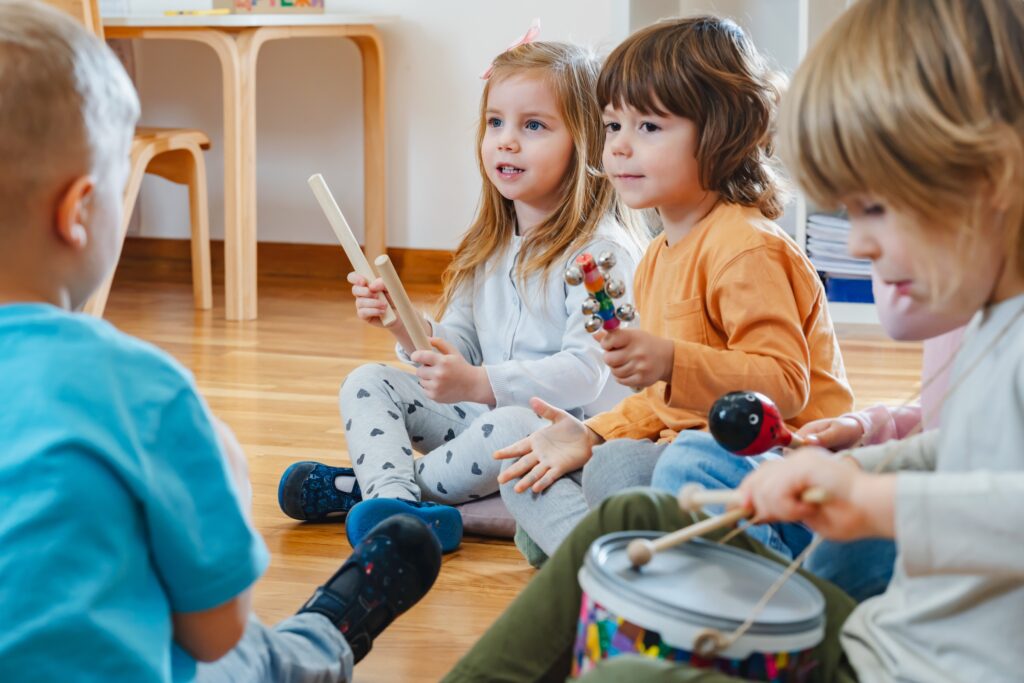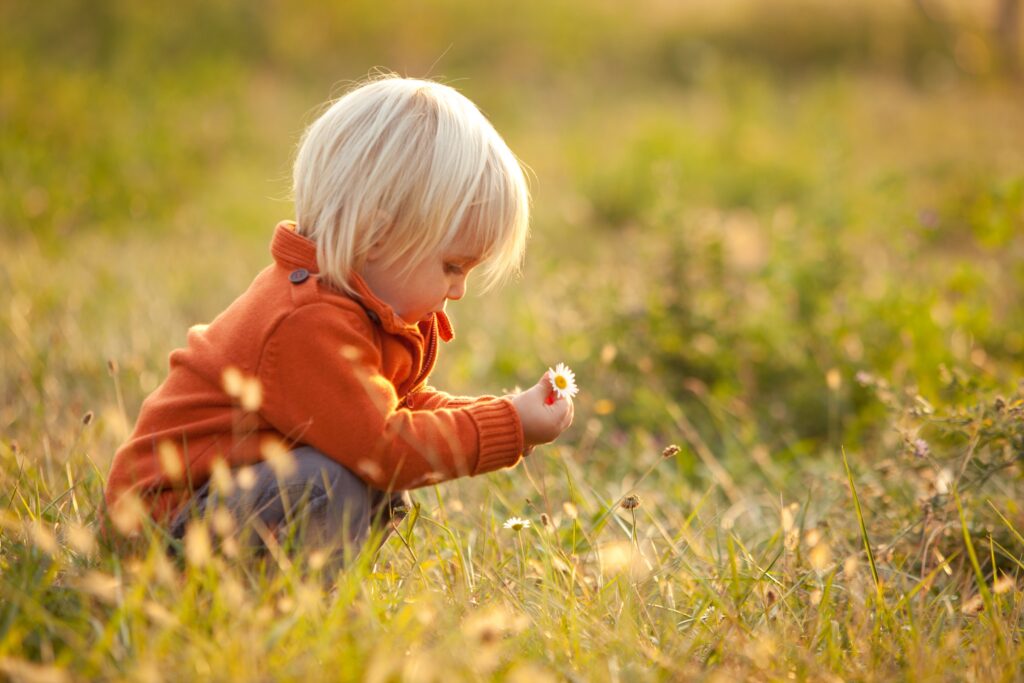Orienteering and Education

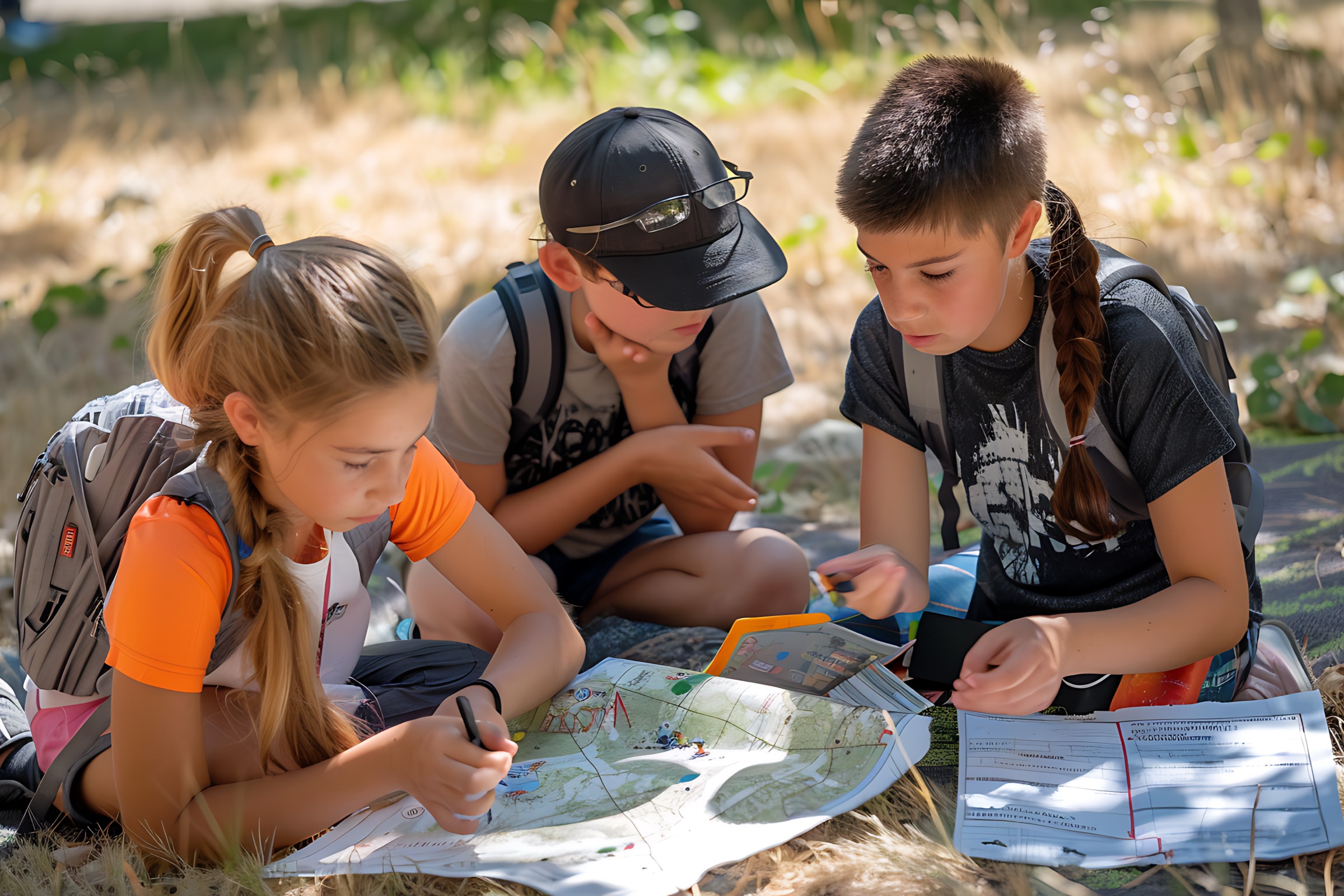
Classroom based education in most western countries relies on having children banded into class groups according to year of birth. Curriculum is then delivered in a hopeful manner directed at the most likely developmental readiness of that band. The reality is that within a 12-month birth range there will be older born children with an aptitude for that topic, along with younger children with aptitude for different topics, and every combination in between. The educator is then faced with entertaining the already capable children and not losing those who aren’t there yet. A bunch of Band-Aid solutions then addresses boredom-induced behavioural issues for the gifted, and remediation for the not-there-yets. In a sense, for a large proportion of the class, learning becomes a scatter gun approach. The child gleans what they are able to in the class, without necessarily having the prior knowledge that assists in adopting the new information. This may be patched in an ad hoc manner by designated remediation programs, by volunteers in the classroom, at home with parents or paid tutors. Ultimately, many children simply do not progress as they might have, had the learning experiences been geared to the next step they required.
But the difficulty is much larger than simply which information is gleaned, and which is missed. Fundamentally the child undertakes a self-assessment which identifies themselves as someone who ‘can’t’. Some become reliant on remediation processes as their self-belief, (‘I can work out how to do hard things’) has been removed and replaced with ‘I need help to do things’. This has life-long negative impacts.
My friend and I entered a school orienteering competition. We were bussed to a lightly wooded area of the Lockyer Valley where we gathered with many students from a variety of schools, were handed a map and a compass, and set loose. Neither of us had previously used a compass, although I recall I was reasonably map savvy. Between two early checkpoints we noted that the track was a giant arc between the two points. We decided to trudge the bush in a straight line. In effect we were doing the straight line of a capital “D” instead of the arc. Enthusiastically we marched on, unaware that the checkpoint was far behind us.
Recognising that we should have found it by now, we decided to turn right (East) and join in the route further up. We can’t explain how we then found the Western fence, but we knew the bus was due to leave and we were hopelessly lost in the Australian bush with no water and only some ‘cobbers’ (chocolate covered caramel confectionary) to sustain us.
Fortunately, we continued to attempt to find our way South towards the start point when we stumbled on a dirt track, and heard the distant sound of a motorbike. A search party had been formed, the motorcyclist took us back to the base where the school principal had driven an hour in his car to collect us and take us back to school. We were a five-minute sensation and no harm was done (apart from the muffler burn on my calf).
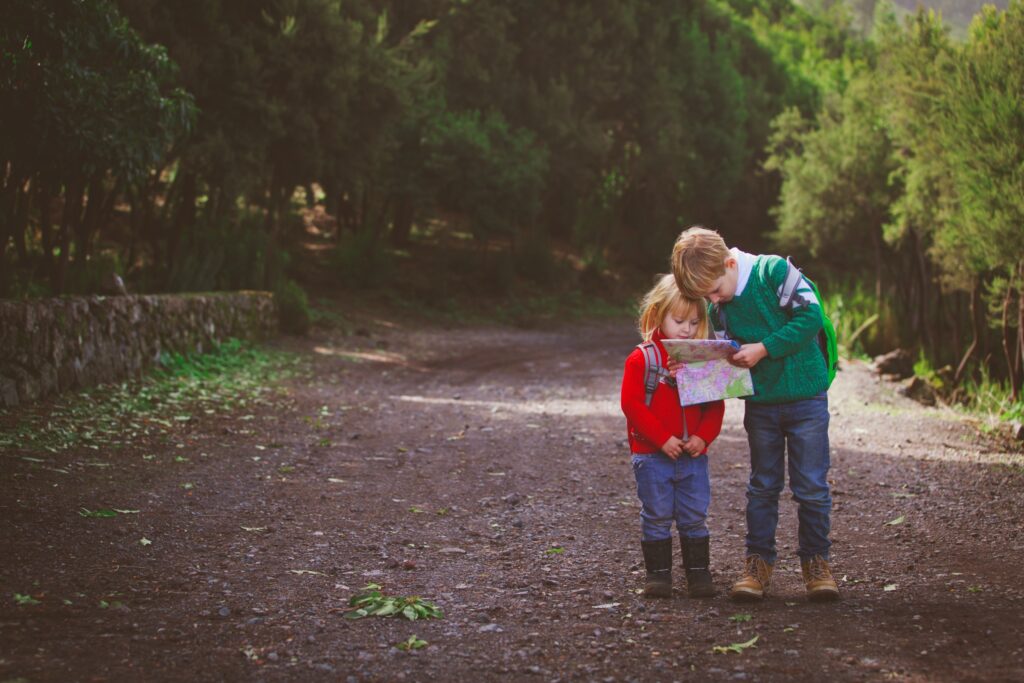
For many children, the designed curriculum is like driving them along a trek through the woods, without consideration of their readiness to strike that path. They have no understanding of the compass that is to direct their route, and the environment they strike is too advanced for their skill-level. For many children the more circuitous route along the dirt road is far more suited. There is a reason why people say “I’m lost”, when they encounter some tasks or concepts that they are not prepared for.
What our education systems fail to understand that there are ways to provide individual pathways for children, rather than whole class curriculum timing. Young children are innately driven to learn with insatiable curiosity about their world. In early childhood programs the curiosity is fostered by rich resources and the freedom to direct their own activity engagement. When ‘formal’ schooling commences, the individuality ceases.
The Montessori approach provides the same opportunities for exploring and discovering the world as other early childhood programs, but builds in some key approaches that support ongoing individualised learning. A Montessori program builds responsibility and self-directed learning into the way the classroom functions, and through the expert guidance of the Montessori educator. The learning experiences are not just unique learning outcomes, but have indirect aims that set a foundation for future learning. Most importantly, the Montessori approach fosters in children the understanding that they ‘can figure out how to do hard things’ and have faith in their own ability to learn.
When these children progress to ‘formal schooling’, they continue to be self-directed, pursuing their interests and being responsible. The teacher provides expert guidance individually or in small groups as the remainder of the class is engaged in their own learning projects. Thus, a class appears more like a rogaine (an orienteering sport) where the competitors all set off in different, but purposeful directions, guided by their own understanding of maps, compasses and how to navigate the terrain.
As traditional schools bleed children to home schooling and alternative approaches, as disengagement from learning escalates and relational difficulties increase in the regular classroom, it would do well for the powers-that-be to consider re-thinking how the state and nation approach education, seeking to ensure for each child, “may the road rise to meet you”. (Irish blessing)
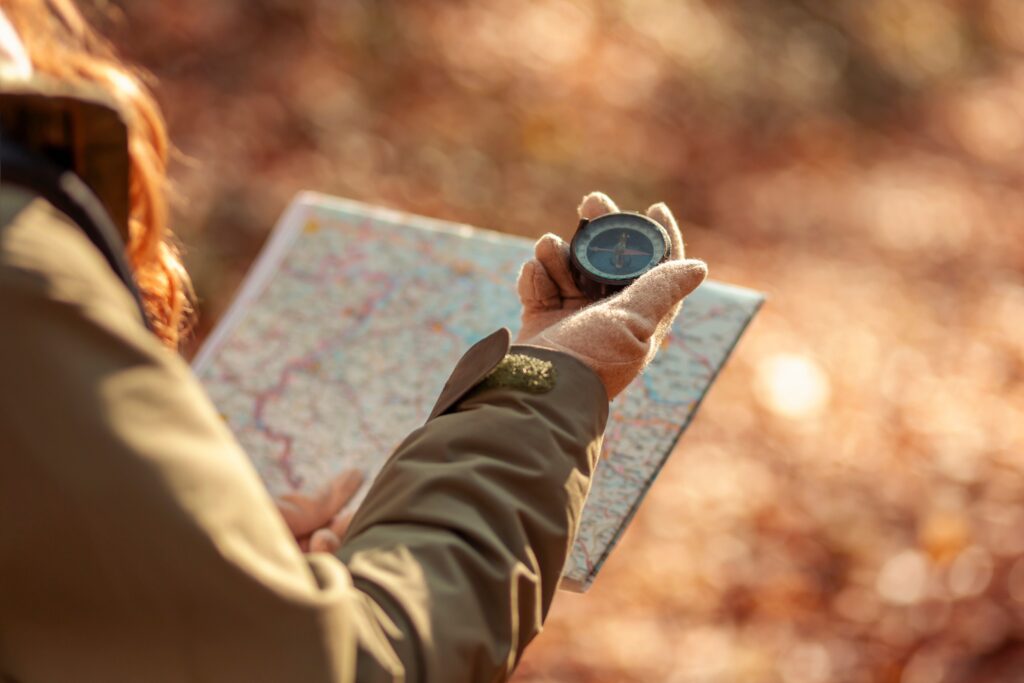
At Your Child’s Day it is our mission to provide a map and compass for educators through the scaffolding and streamlined system of the program.
Contact us today to see how YCD can help your team navigate their documentation and communication.
Helping children thrive is a shared journey. Spread the word and support fellow educators with insights and resources from Your Child’s Day.
Resources, advice, and uplifting stories for educators and families. No spam, ever.


